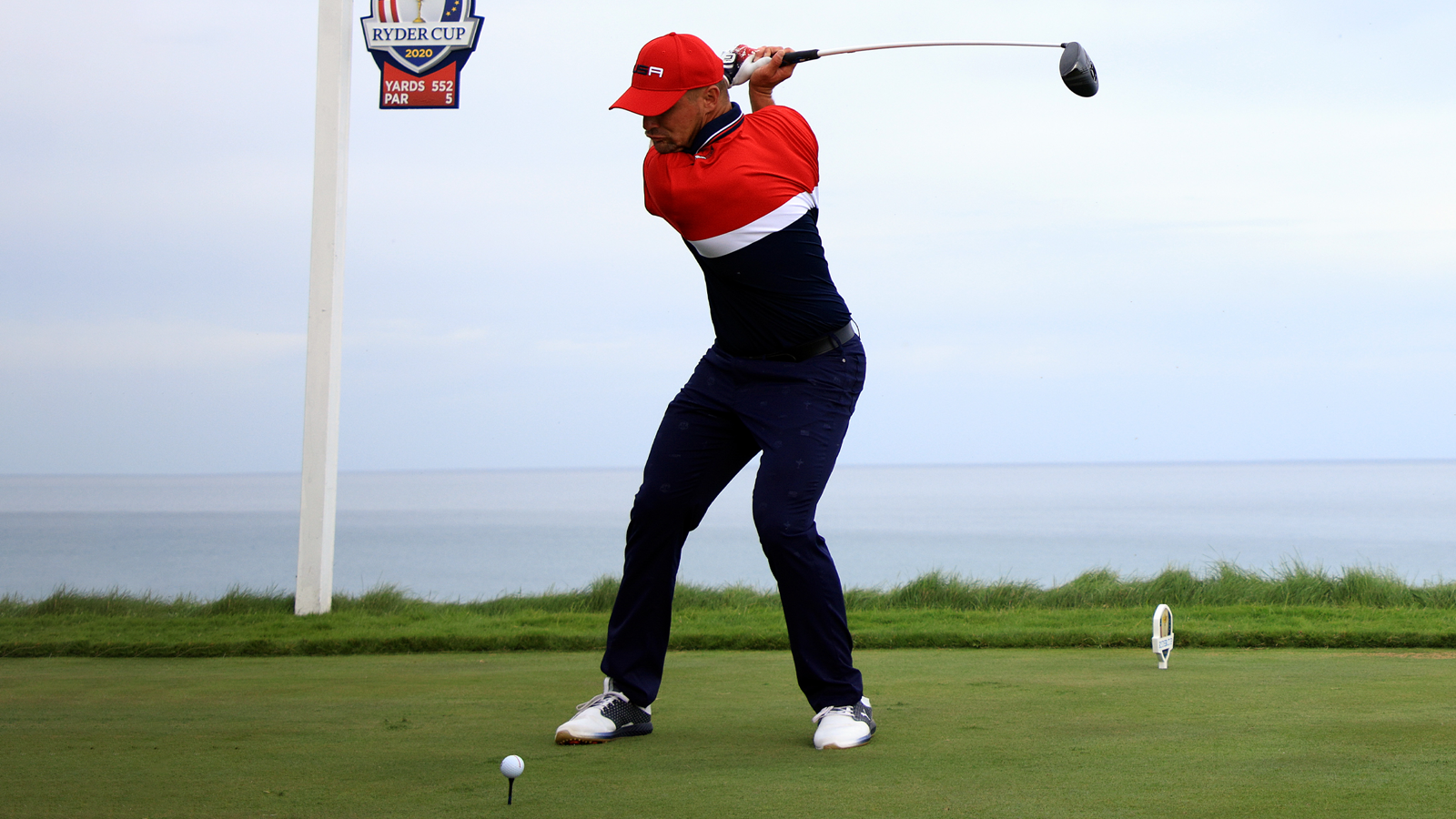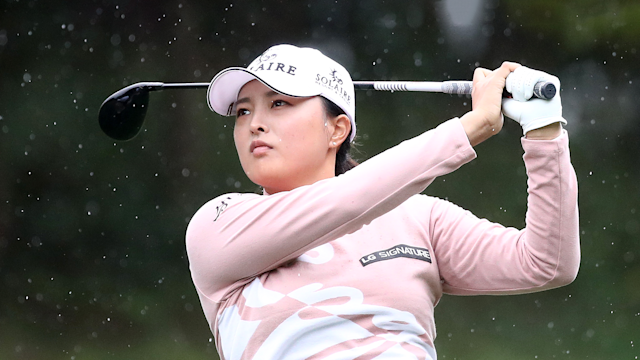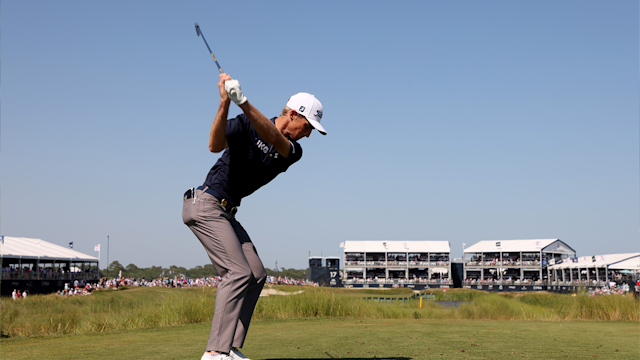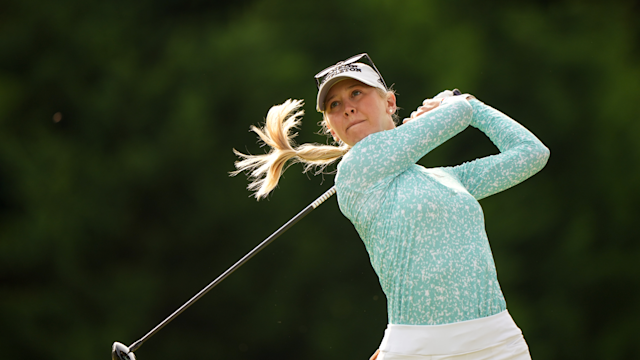quick coaching
Power Up Your Golf Swing
By Brendon Elliott, PGA
Published on

It’s fair to say that one of the most common things on most golfers wish lists is learning how to gain more power and ultimately, be able to hit the ball farther. To accomplish this, it is important golfers first understand some of the key factors and swing concepts that influence the ability to hit the ball farther.
Having a good grasp and understanding of these ideas can help set a better pathway for a golfer wanting to train to gain the distance they desire.
Key Factors and Swing Concepts to Gaining Power and Distance
Coil
This concept basically refers to the difference in the rotation between your upper and lower body at the top of the backswing. Your upper body, on the backswing, should rotate as close to 90 degrees from your address position as possible. Your hips should roughly turn about 45 degrees from your address position.
The real key here is having your upper body turn more than your lower body while not being stagnant with your hips in order to achieve this. Your lower body needs to turn to have a powerful and effective golf swing.
This is one of the true power ingredients that provides speed as you unwind through the downswing.
Width of Arc
This concept refers to the distance your hands and arms are in relation to your swing center. A wide arc in your backswing or getting your hands as far as you can away from your center, combined with a narrower arc on the forward swing, helps in gaining clubhead speed and distance.
Length of Arc
This concept refers to the distance your clubhead travels in backswing and forward swing. For achieving distance, you should strive to have the clubhead get as far from your center point as possible on both the backswing and your release.
Dynamic Balance/Weight Transfer/Pivot
Maintaining good balance and having good footwork is a key concept to understand.
Starting from your set up position you will work back to your trail side in your backswing, then down and through to impact from the top, and on into your lead side to your finish, all while in balance. This is what defines this concept.
At Address, you should maintain roughly a 50/50 weight distribution, at the top of then backswing, you should have about an 80/20 weight distribution favoring the trailside, and at the finish, you should have about a 90/10 distribution of your weight favoring the lead side.
Swing Center
For the most part, the clubhead travels in a circular motion and the middle of that circle is the swing center.
One of the most common swing flaws in golf is when the swing center moves laterally, away from the ball, during the backswing, and then back forward, laterally, on the downswing. This makes it much more difficult to make consistent contact with the golf ball on the sweet spot on the face of the clubhead.
Connection
This is the smooth, flowing motion of the arms working in tandem with the rotation of your body. Well-connected golf swings create effortless power and deliver the clubhead squarely into the ball at impact much more consistently.
Centeredness of Contact
This concept governs where the ball makes contact on the face of the club. Contact could be either on the center, toe or heel, and above or below the sweet spot. Like all the other concepts laid out here, only a combination of all of these, executed correctly, will achieve the maximum potential for a well struck shot that flies considerable distances.
Speed
In today’s game, this concept is surely the most talked about and least likely to need a lengthy explanation. Speed is the velocity with which the clubhead is traveling. Speed influences the distance the ball will travel as well as the trajectory of the resulting shot.


